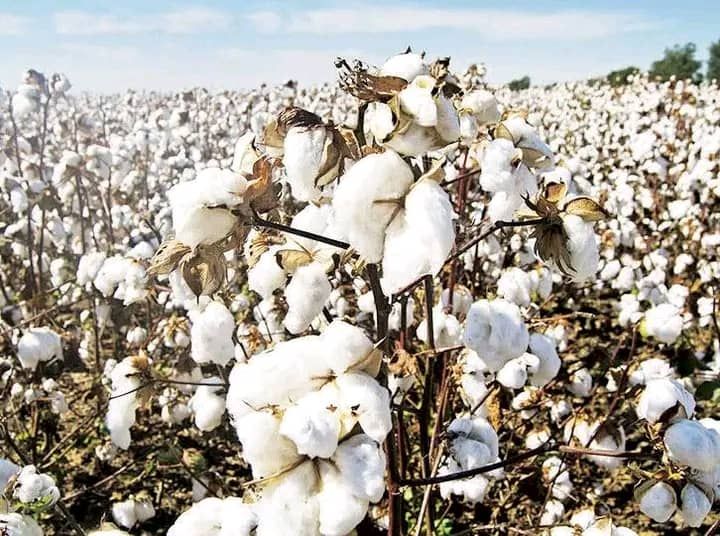By Twink Jones Gadama
The recent cotton marketing season in Malawi has come to a close, leaving behind a trail of mixed results.
While the market showed significant strength with favorable prices, the sales volumes fell short of expectations.
According to the Cotton Council of Malawi, a total of 8,980 metric tons of cotton were sold, missing the targeted 10,000 metric tons by a margin of 1,020 metric tons.

The low sales volumes have raised concerns among stakeholders in the industry, who had anticipated a better performance.
However, the market’s strength, characterized by high prices, has provided some solace.
The highest price recorded was K1,200 per kilogram, surpassing the set farm gate price of K900 per kilogram.
Cotton Council of Malawi spokesperson, Prisca Jamali, attributed the decline in sales volumes to various factors, including the impact of climate change on cotton production.
“The effects of climate change, such as erratic rainfall patterns and prolonged dry spells, have affected cotton yields, leading to reduced sales volumes,” Jamali explained.
Despite the challenges, the cotton industry remains a vital component of Malawi’s economy, providing livelihoods for thousands of smallholder farmers.
The government and stakeholders are working together to address the challenges facing the industry, including climate change, to ensure its long-term sustainability.
The favorable market prices have been a boon for farmers, who have seen their earnings increase significantly.
“The high prices have enabled us to earn more from our cotton sales, which will help us to improve our livelihoods,” said one farmer.
As the industry looks to the future, there is a renewed focus on improving productivity and increasing sales volumes.
The Cotton Council of Malawi is working with farmers, ginners, and other stakeholders to identify areas for improvement and implement strategies to boost the industry’s performance.
while the decline in cotton sales volumes is a concern, the favorable market prices have provided some comfort.
The industry’s stakeholders must now work together to address the challenges facing the sector and ensure its long-term sustainability.


